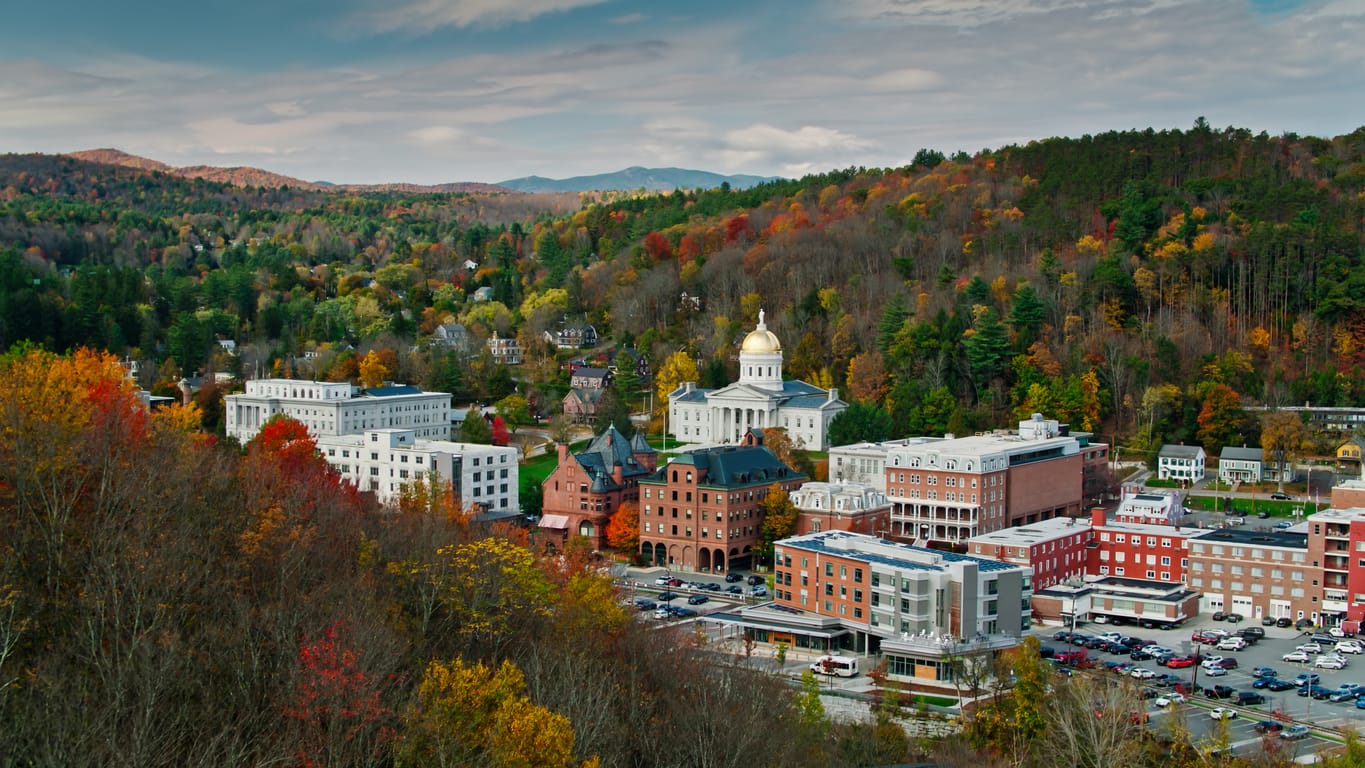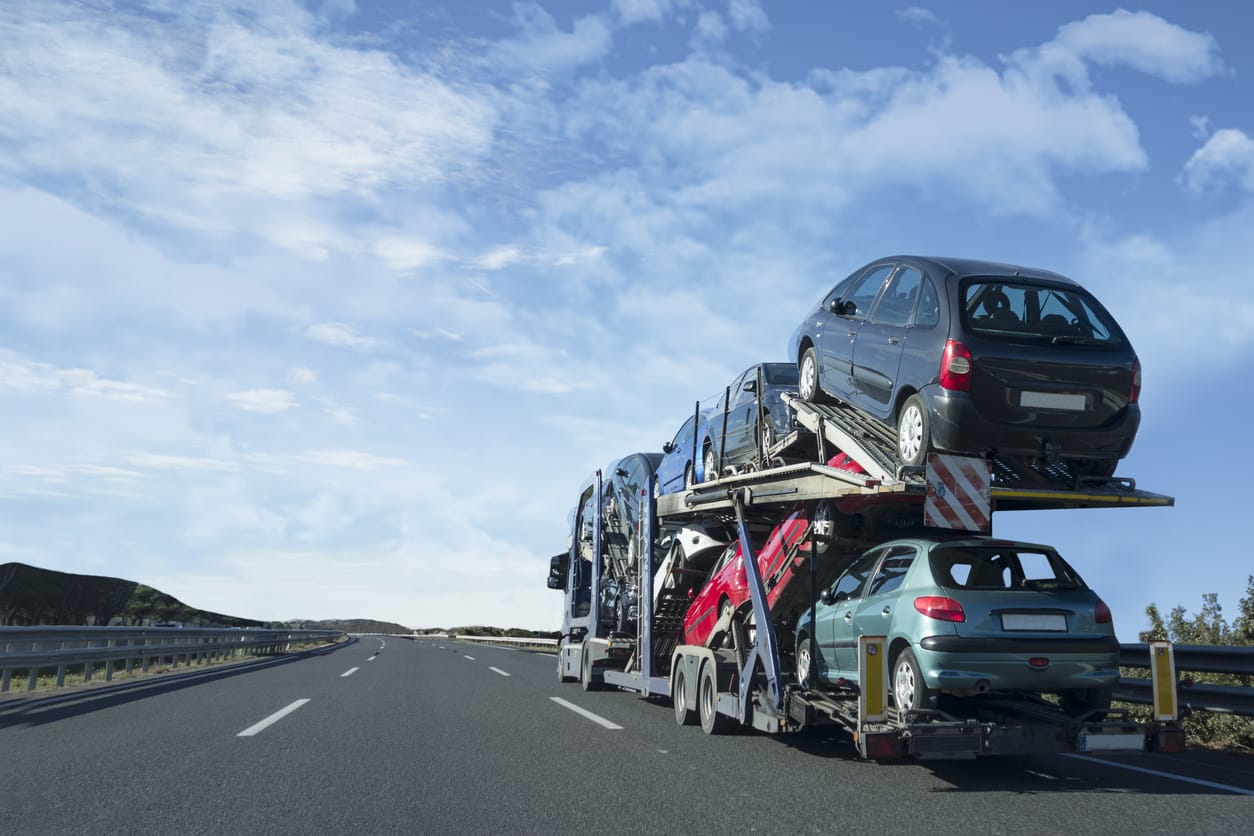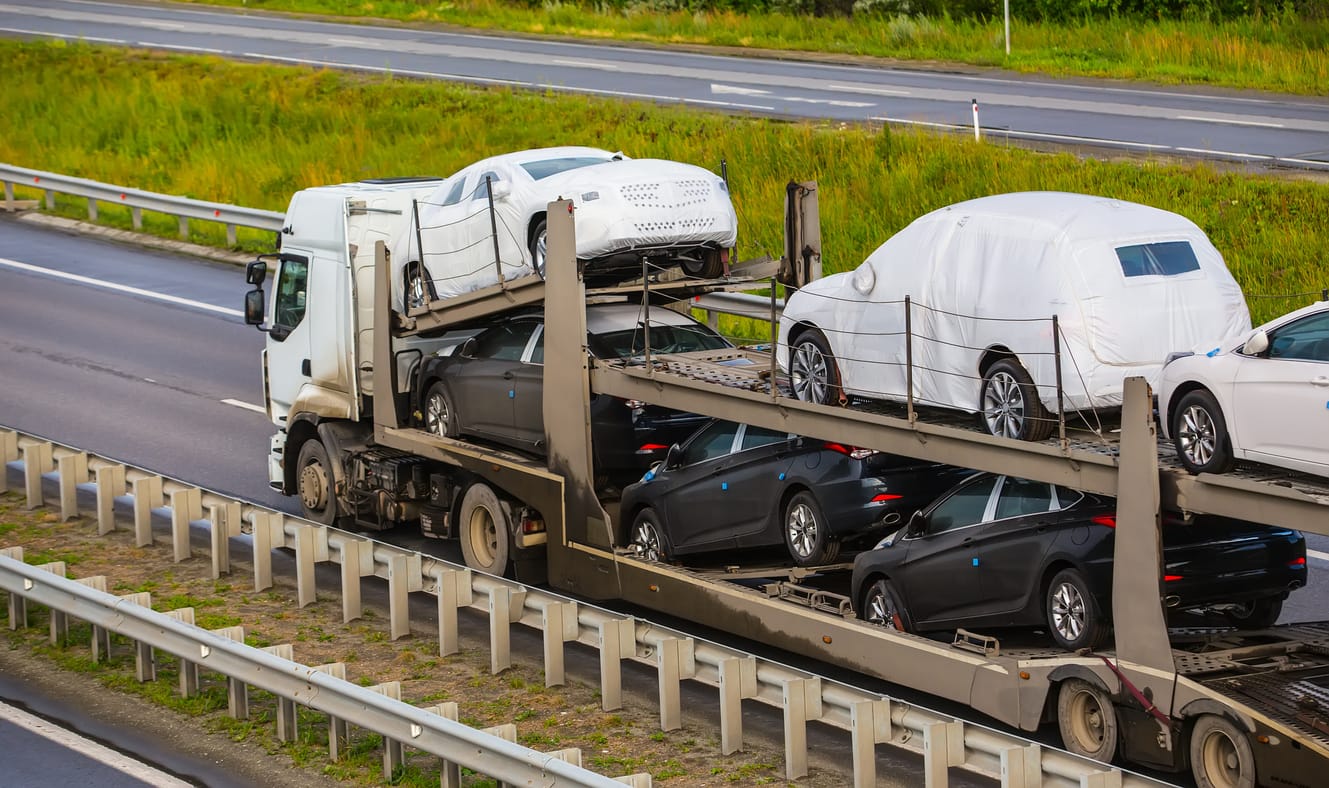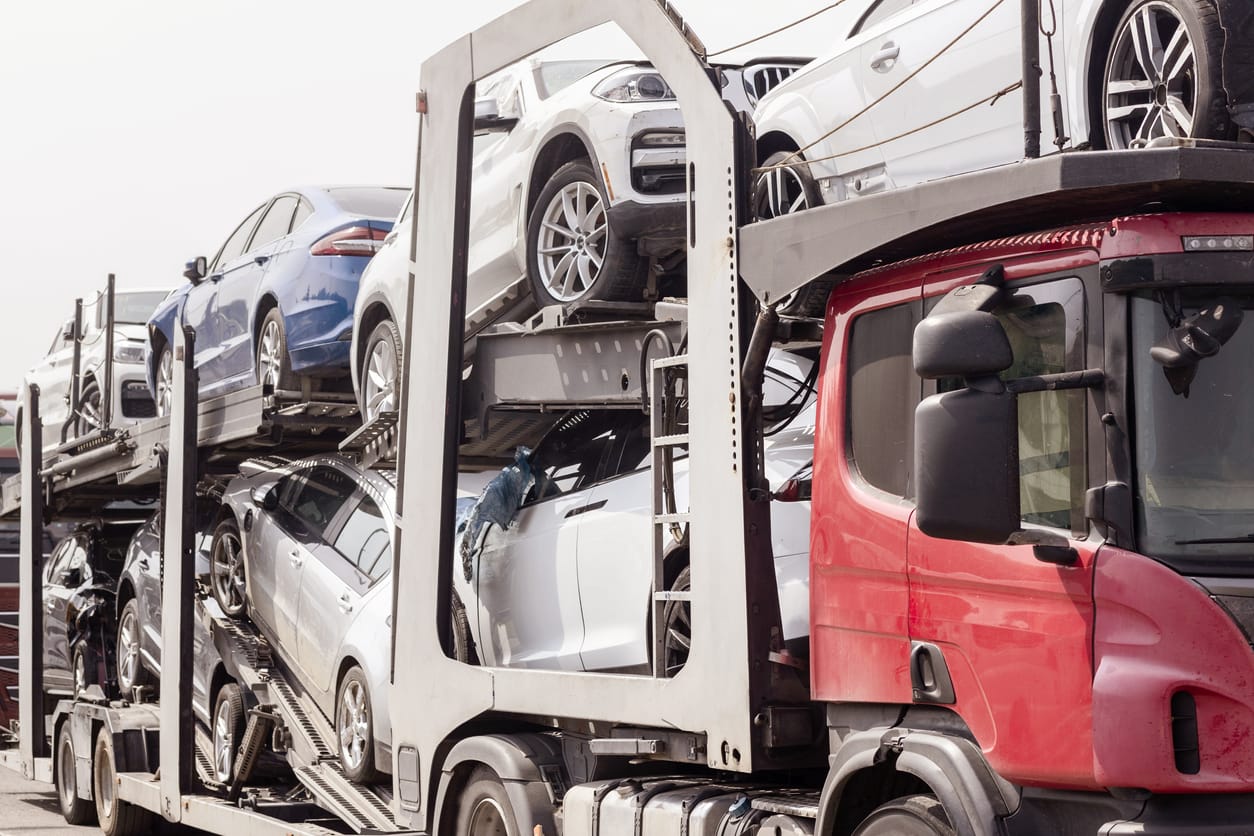Vermont has 2,843 miles (4,575 km) of highways under its control. Three Interstate highways and five U.S. highways go in to Vermont. This is inclusive of the state’s highway network.
Vermont’s primary mode of travel is by automobile. As at 2008, 5.7% of Vermont households did not own a car, and in 2012, there were 605,000 vehicles registered, with nearly one car for every person in the state. This is comparable to the average car ownership nationwide. In 2012, it was discovered that about half the carbon emissions in the state resulted from vehicles.
Averagely, 20–25 people die yearly as a result of drunk driving incidents in Vermont, and about 70–80 people are involved in fatal car crashes in the state. However, motorists have the highest insurance rates in the United States, competing with Pennsylvania at 93%.
In 2010, Vermont owned 2,840 miles (4,570 km) of the highway. This was the third smallest quantity among the 50 states in the country. Approximately 2.5% of the highways in Vermont were listed as “congested,” making the state rank the fifth lowest in the country. Its highway fatality rate was one per 100,000,000 miles (160,000,000 km), ranking tenth lowest in the United State’s. The highways cost $28,669 per 1 mile (1.6 km) to maintain, the 17th highest in the states. 34.4% of its bridges were rated deficient or obsolete, the eighth worst in the nation.
Individual communities and counties have public transit systems, but their coverage is frequently limited. Greyhound Lines services a number of small towns. Two Amtrak trains serve Vermont, the Vermonter, and the Ethan Allen Express. In early 2011, Amtrak evaluated the track used by the Ethan Allen Express between Rutland and Whitehall as the worst in the nation, but subsequent improvements to the track later in 2011 vastly improved its performance going forward.
Trucks weighing less than 80,000 pounds (36,000 kg) can use Vermont’s interstate highways, as the limit for state roads is 99,000 pounds (45,000 kg). This means that vehicles that exceed this limit cannot legally use these roads, but will have to make use of secondary roads.
In 1968, Vermont banned the use of billboards for advertisement along its roads, making it one of the four states in the U.S. to do this. The other states are Hawaii, Maine, and Alaska.




